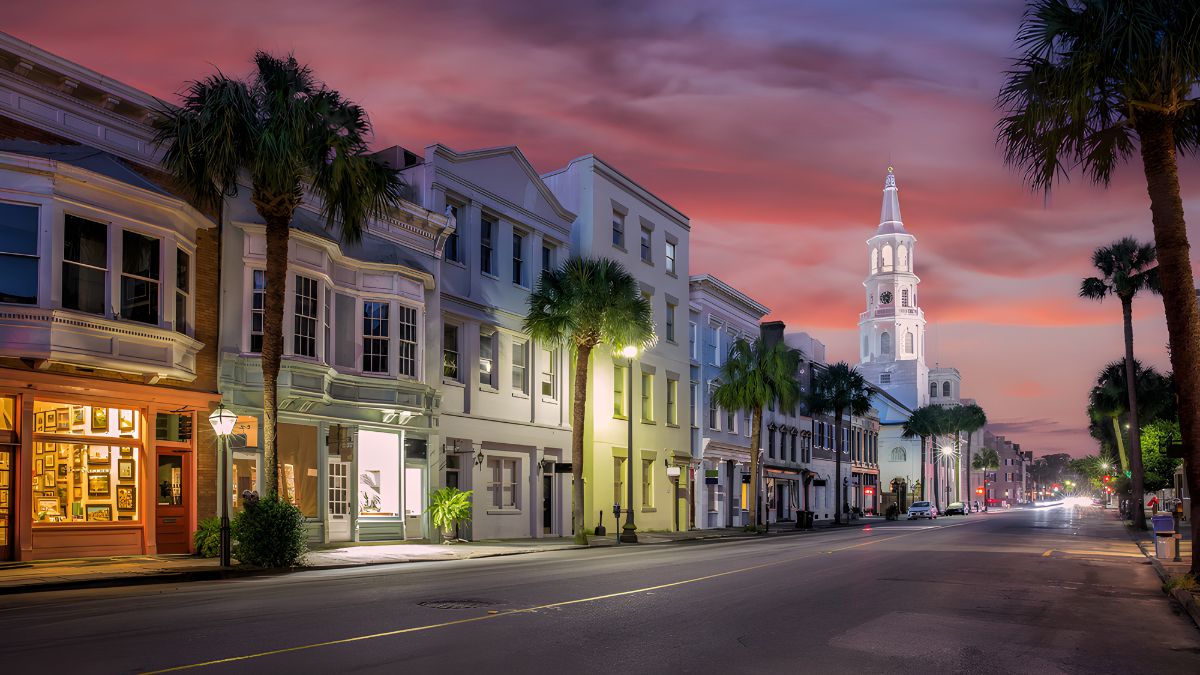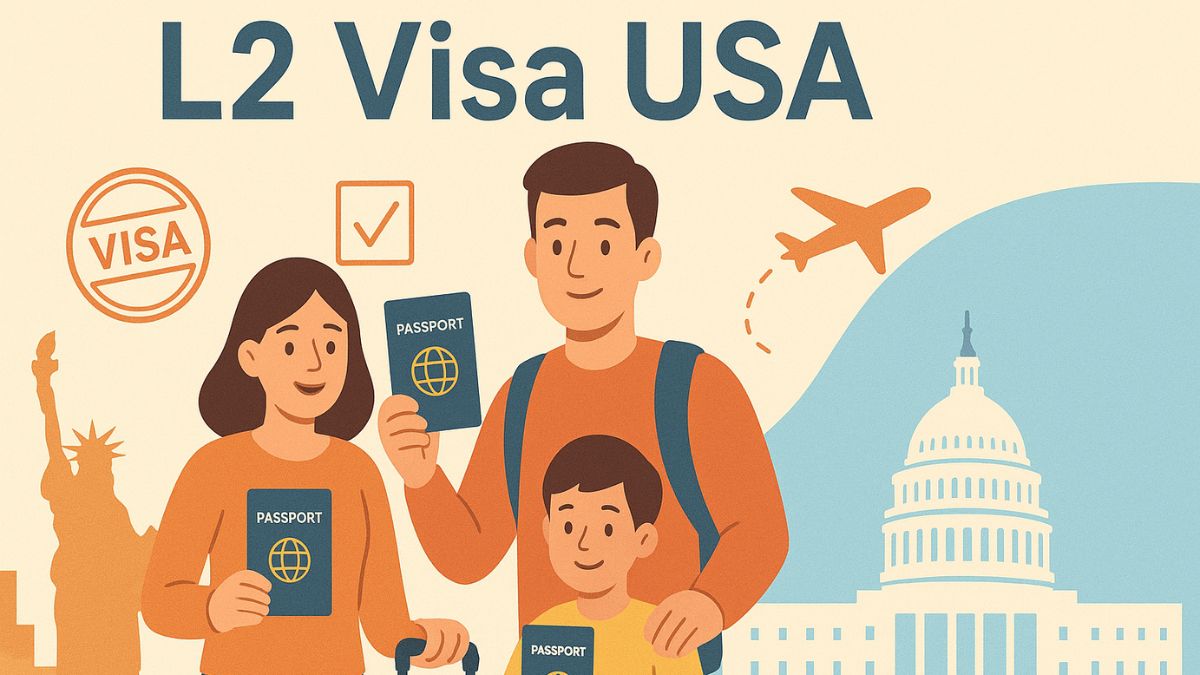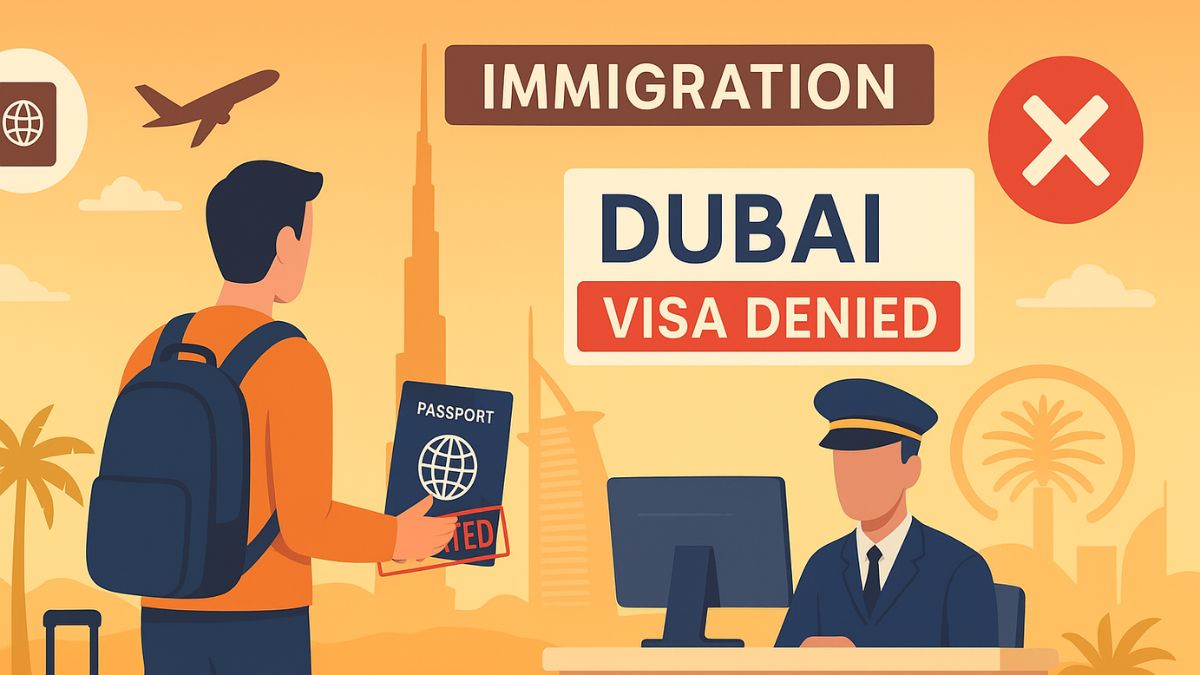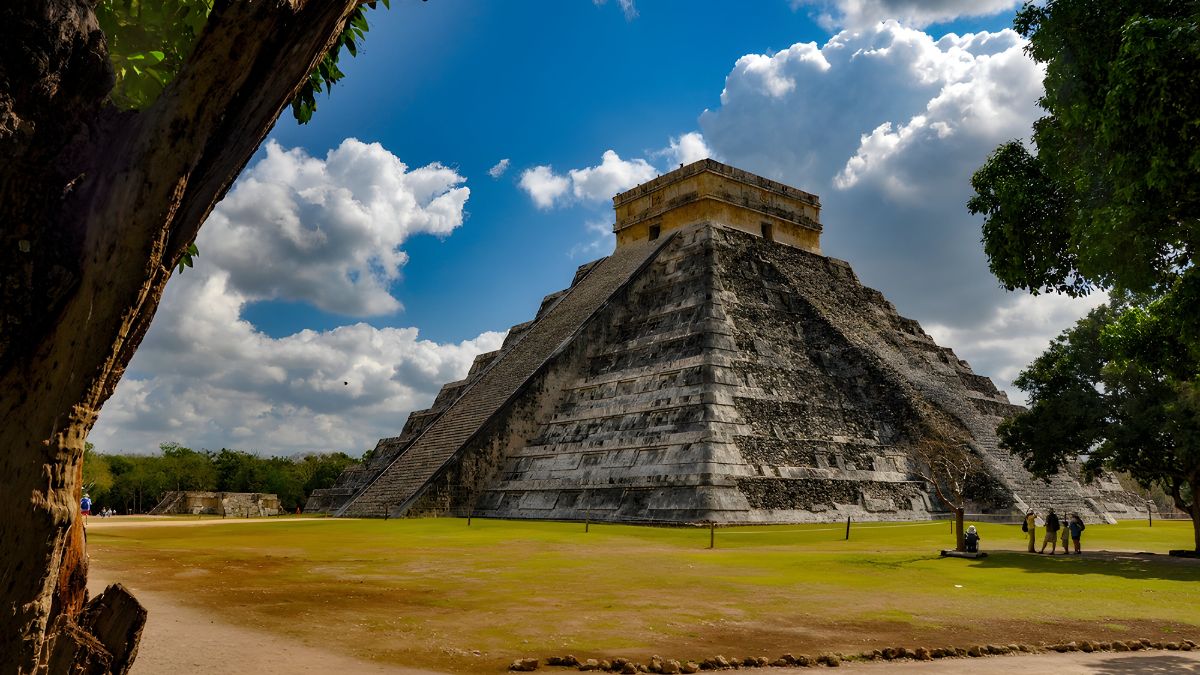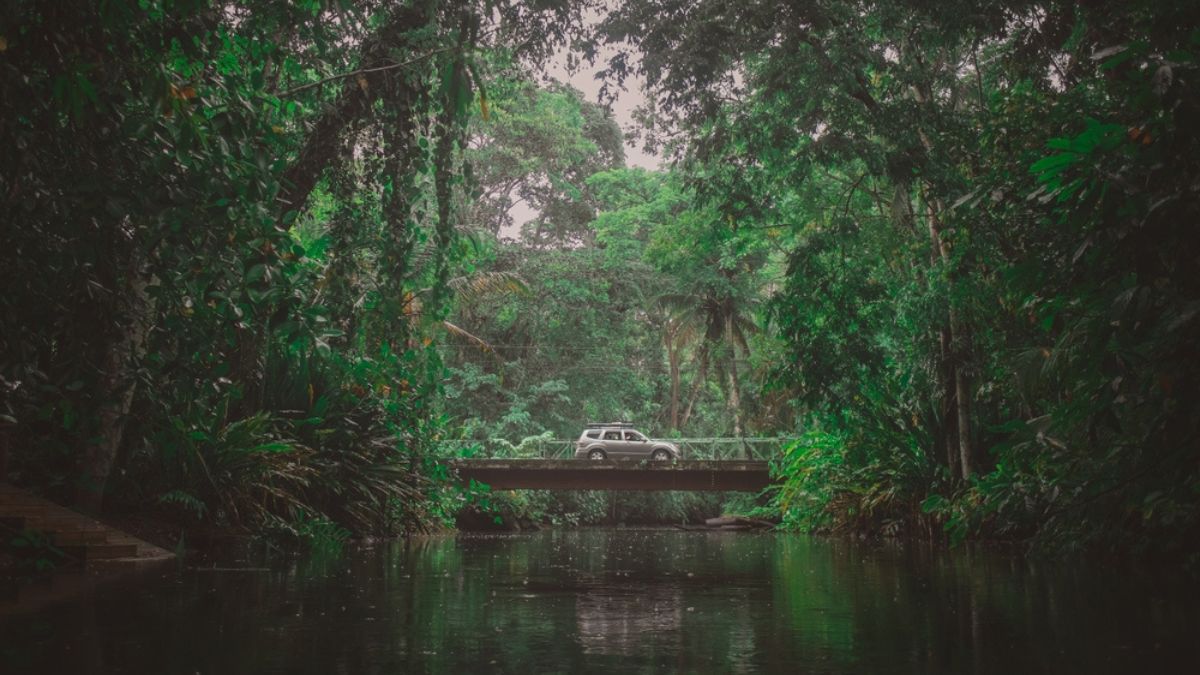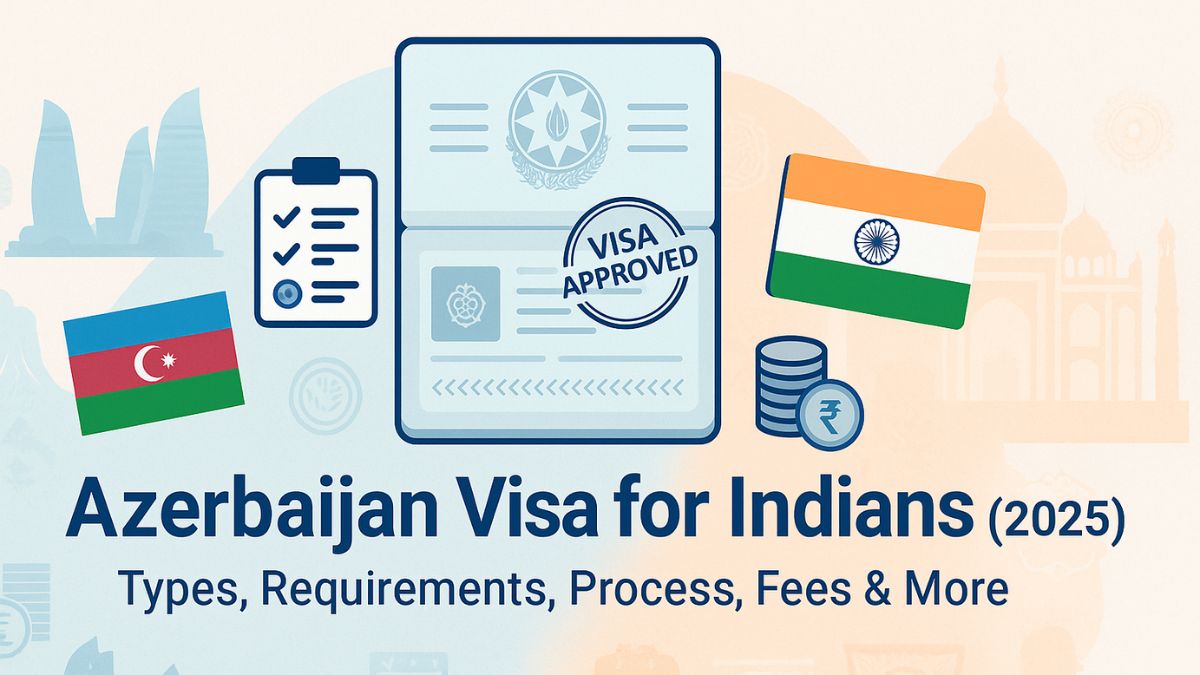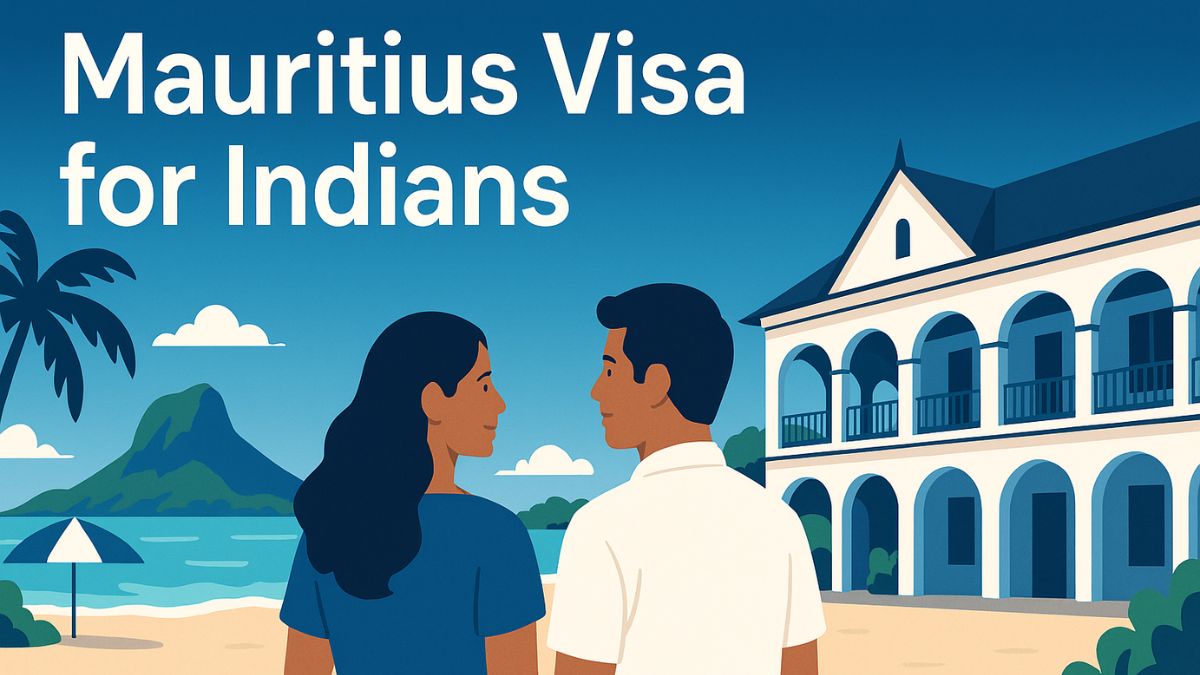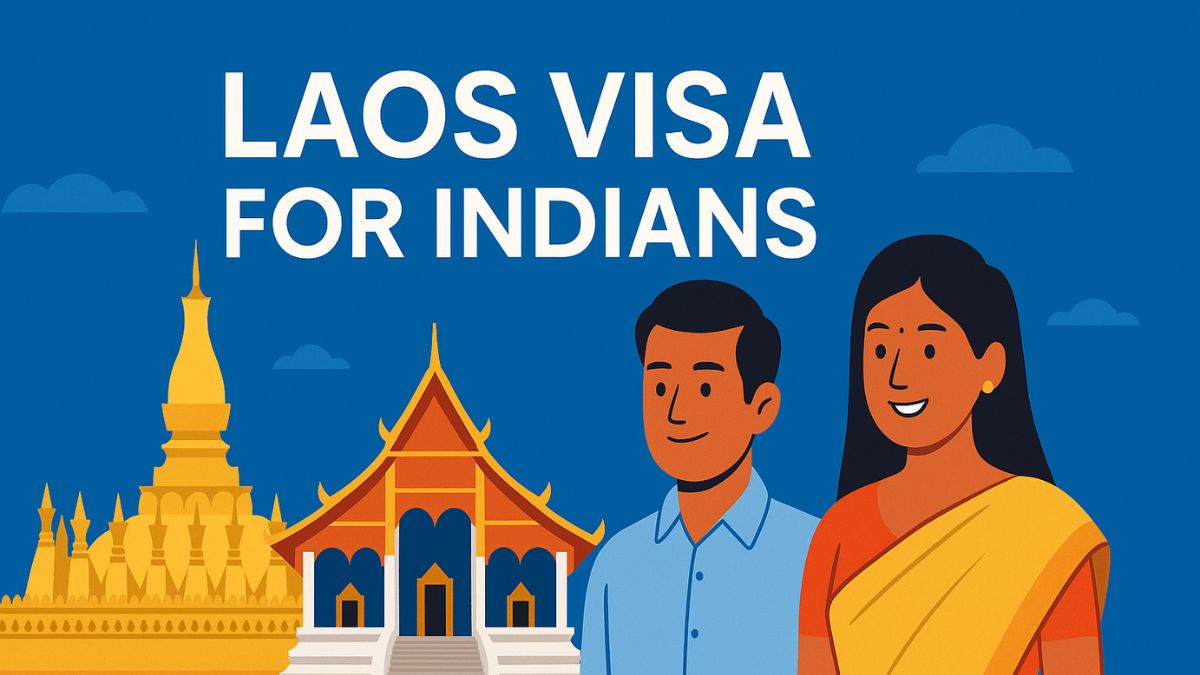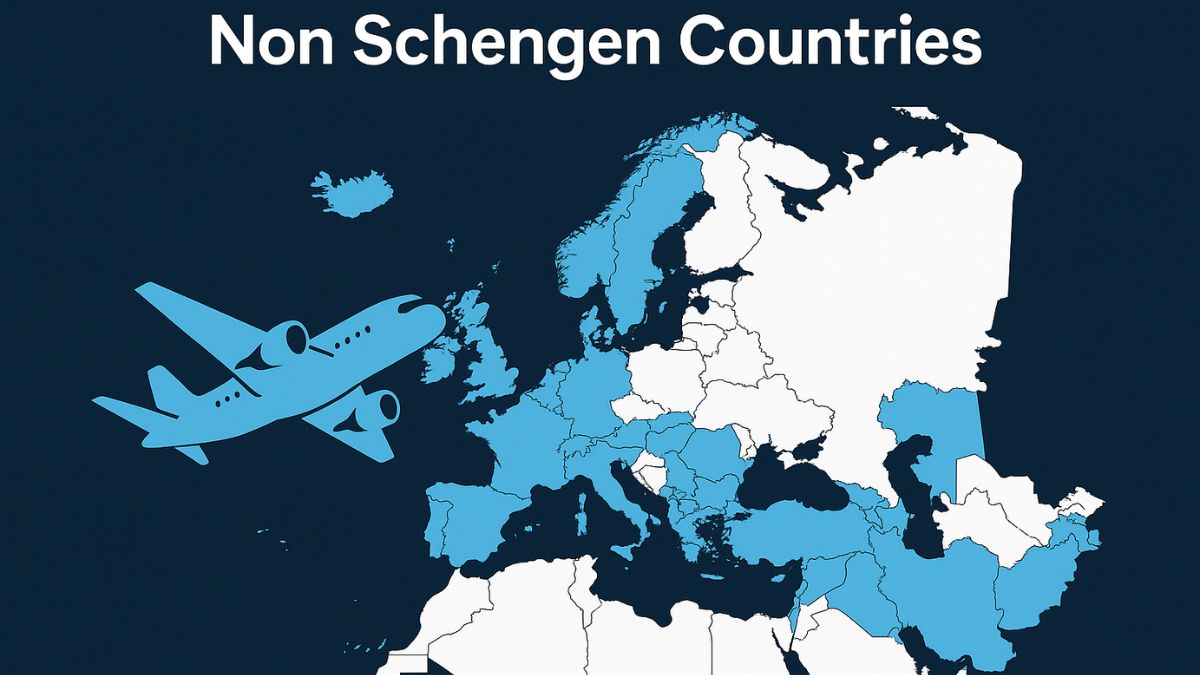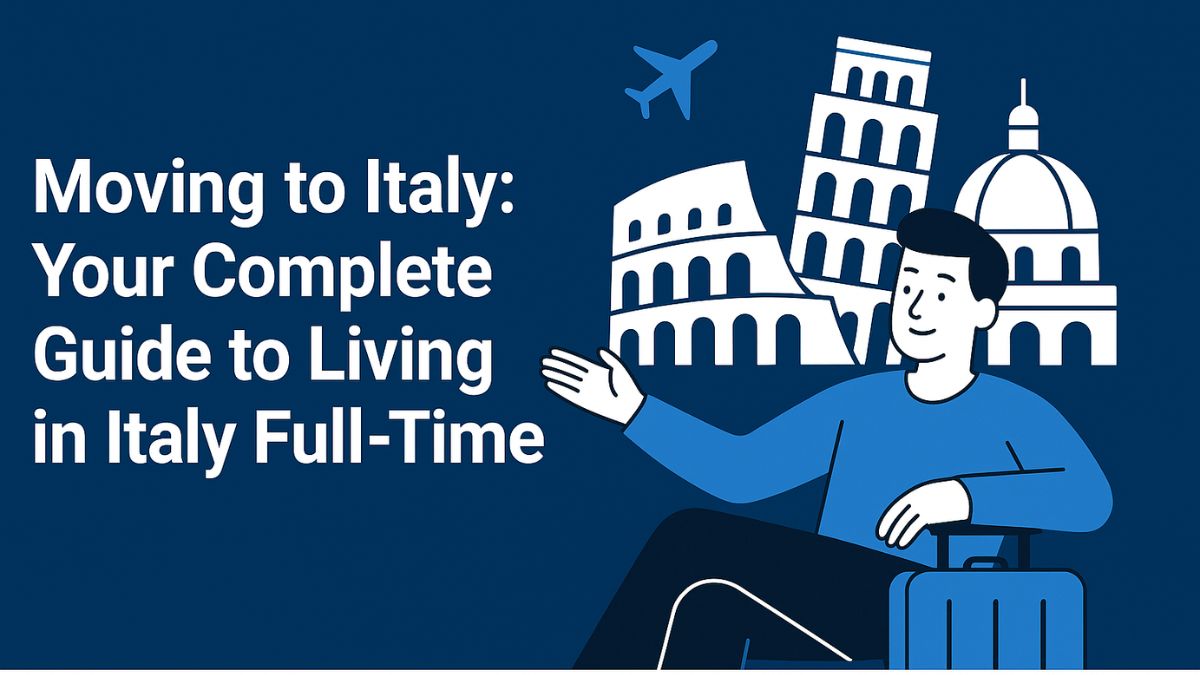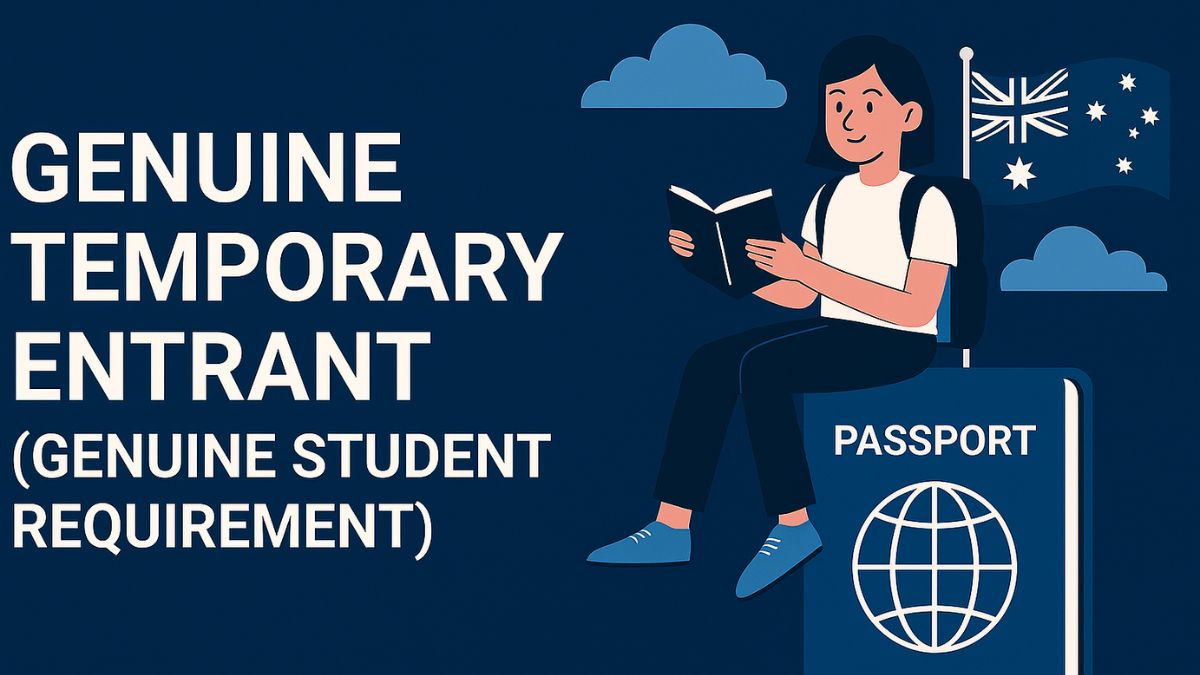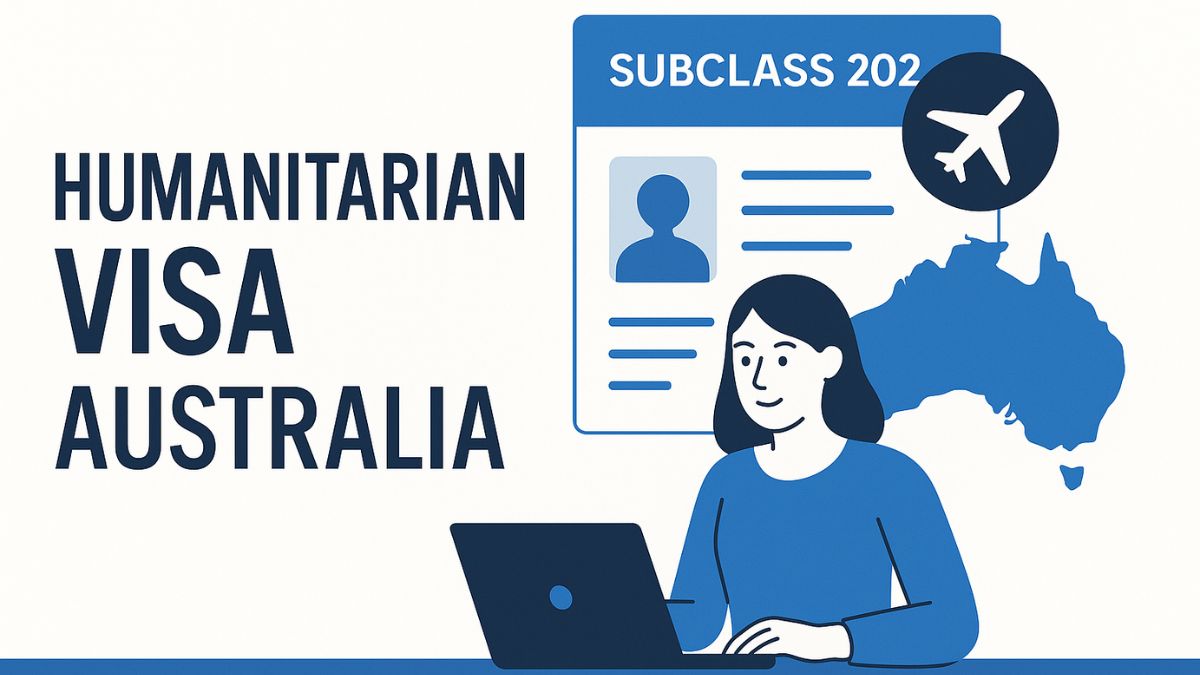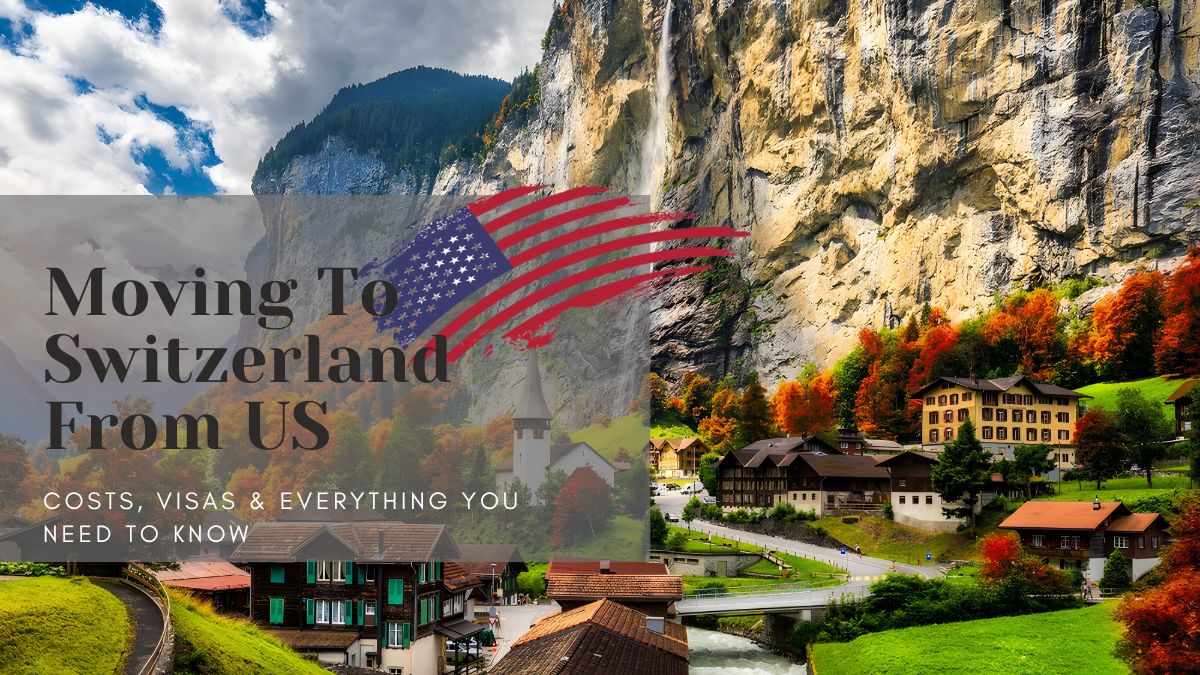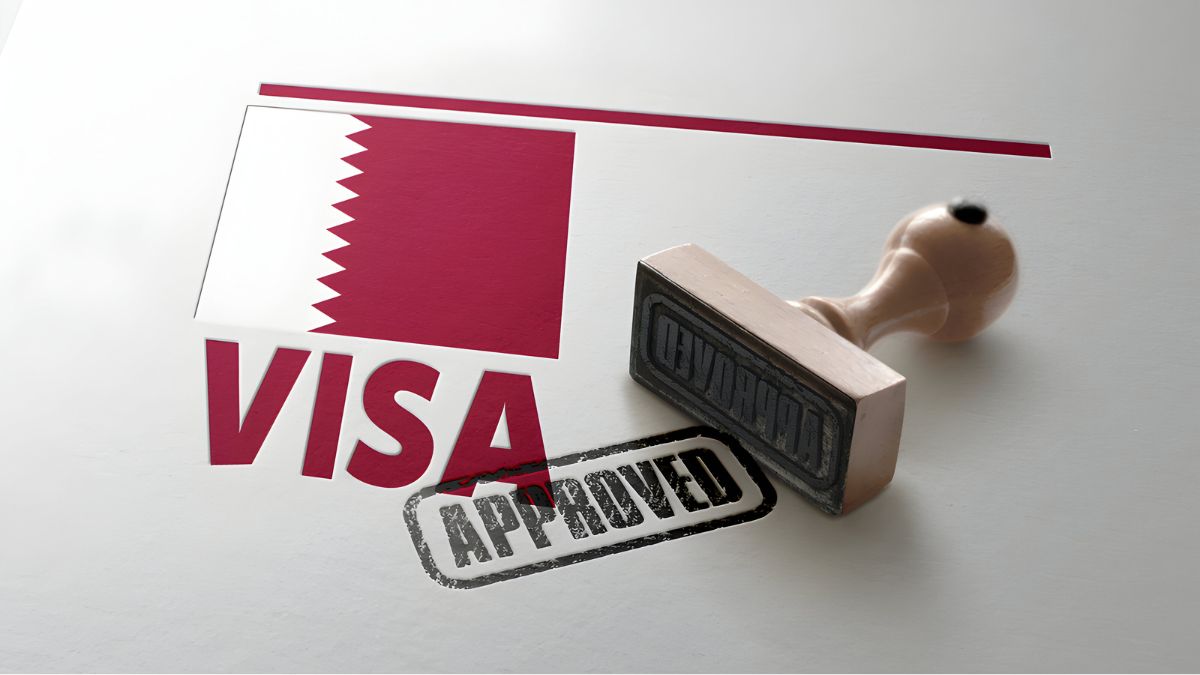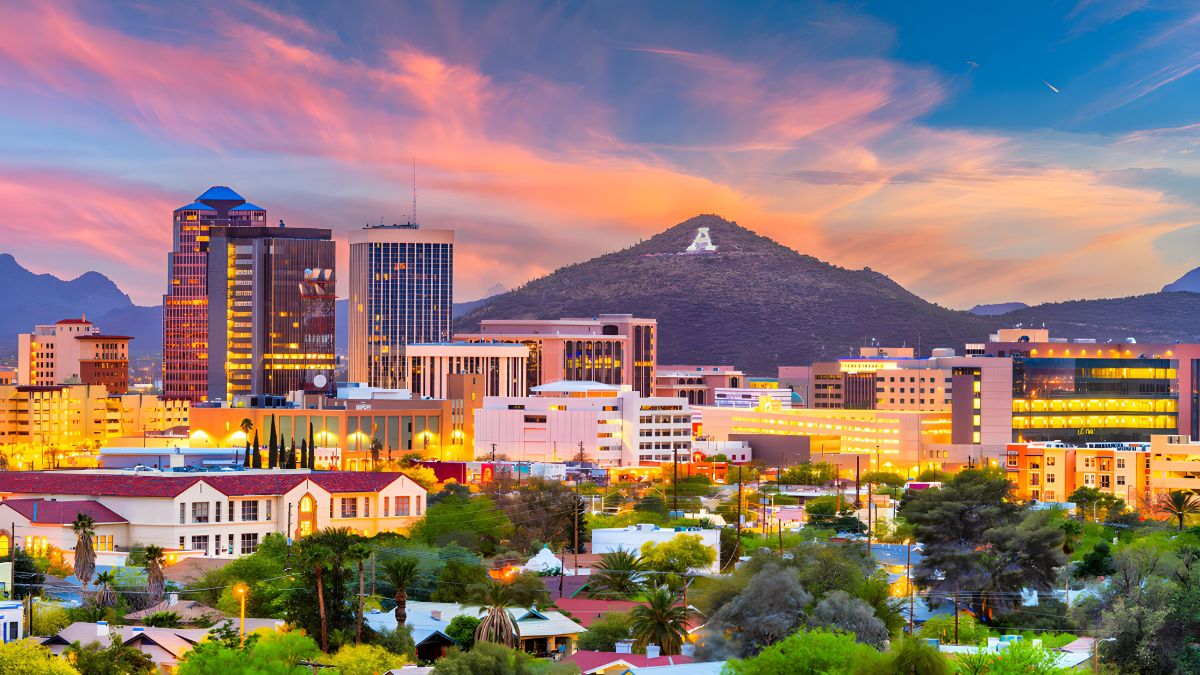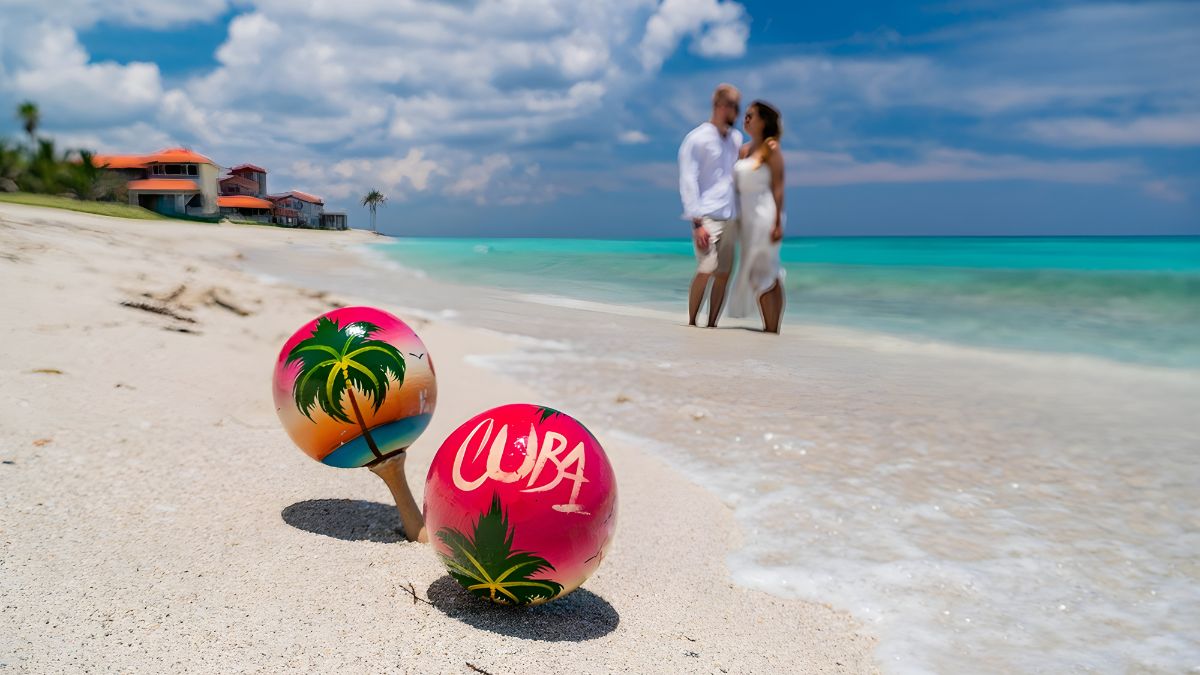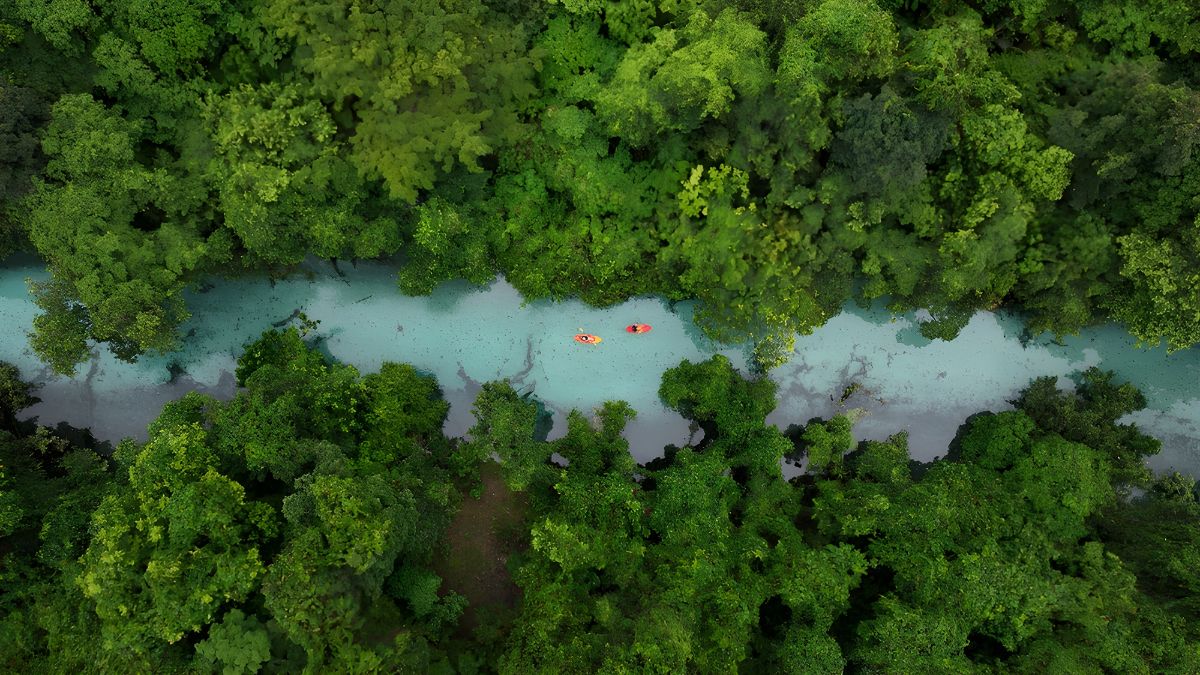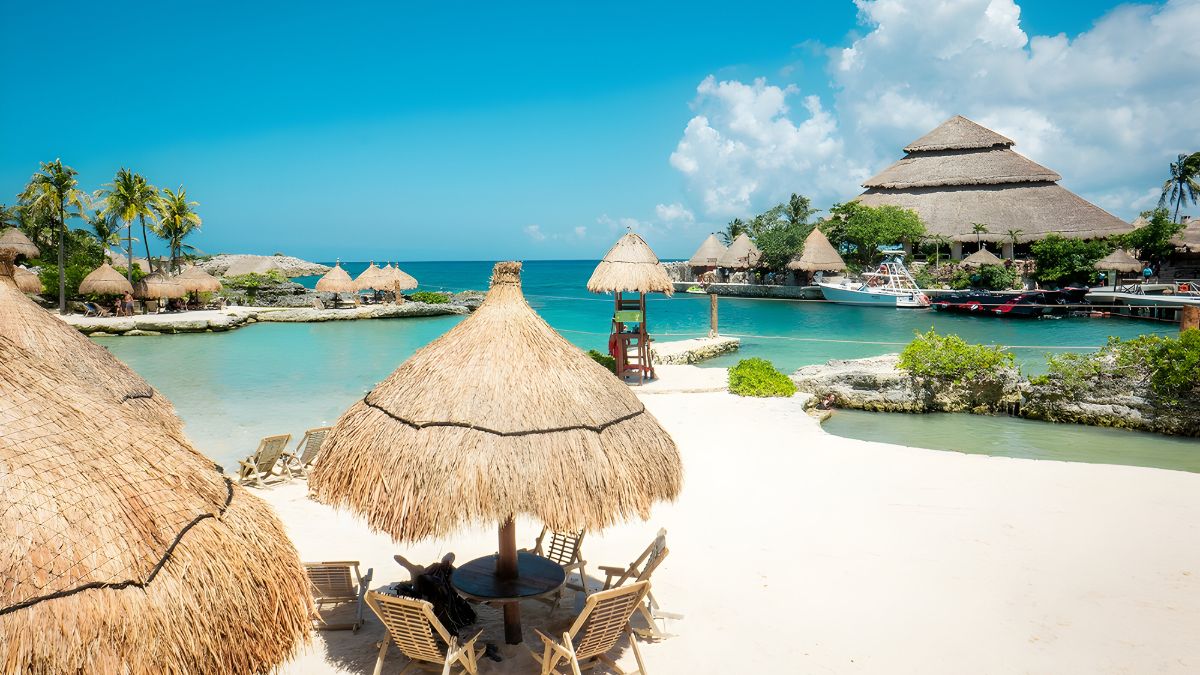
- April 18, 2025
- Heisenberg
- 0
Natural disasters don’t knock politely. They storm in, uninvited and unforgiving. That’s exactly what happened when Cyclone Gabrielle tore through New Zealand’s North Island in 2023. Whole towns were submerged. Infrastructure crumbled. Lives were turned upside down in a matter of hours.
In response, the New Zealand government launched something unique — the New Zealand Recovery Visa, officially known as a Specific Purpose Work Visa for Recovery.
Its goal? Bring in skilled workers from around the world to help clean up, rebuild, and support the country’s urgent recovery efforts. And for a while, it worked.
But here’s the update: the visa is no longer active. Yep, the program has ended. But its impact — and the lessons it left behind — still matter today.
So, What Was the New Zealand Recovery Visa?
Introduced in early 2023, the New Zealand Recovery Visa was a temporary work visa created by Immigration New Zealand to fast-track workers who could assist with disaster recovery following Cyclone Gabrielle and Auckland’s major flooding (INZ Newsroom).
This wasn’t a general open work visa. It had one clear purpose: get boots on the ground, fast.
Eligible roles included everything from civil engineers to general laborers, waste disposal teams, electricians, heavy machine operators, and even traffic controllers. Anyone who could contribute to restoring order from chaos.
It wasn’t open forever though. The government had set a deadline of 23 September 2023.
Application Process, Cost & Timeline
Although the New Zealand Recovery Visa is now closed, here’s how it worked while active — and how efficient it really was.
1. Job Offer First
Applicants needed a valid job offer from a New Zealand employer engaged in the recovery efforts. The role had to directly support clean-up or rebuilding.
2. Employer Declaration
The employer had to submit a declaration confirming the role was linked to recovery work and that there were no available New Zealanders for the job.
3. Apply Online
Applicants submitted their visa application online through Immigration New Zealand’s website under the Specific Purpose Work Visa – Recovery category.
4. Visa Fee
The application fee was NZD 700, relatively modest compared to other visa classes.
5. Processing Time
Now here’s the kicker: most applications were processed within 7 days. That’s lightning fast, considering standard work visas often take weeks or months. This urgency made sense — New Zealand needed workers yesterday.
Once approved, the visa was valid for up to 6 months and non-renewable unless the government made specific exceptions (which they eventually did not).
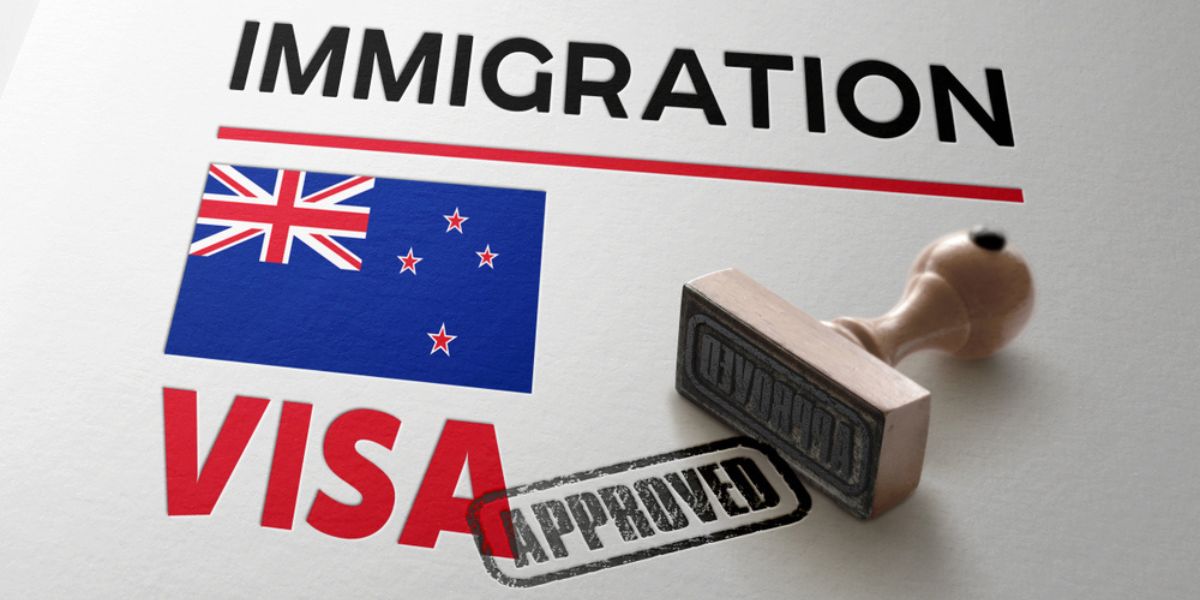
Why Was It Created?
Let’s rewind a bit.
Cyclone Gabrielle caused immense damage across the North Island. Bridges collapsed. Roads became rivers. Entire communities were left without power or clean water. As the New Zealand Herald reported at the time, the devastation was among the worst the country had seen in decades.
The problem wasn’t just the damage — it was the workforce shortage. Kiwis alone couldn’t meet the scale of clean-up and repair needed. The New Zealand Recovery Visa was created to enable international workers to enter and assist in specific, high-priority recovery jobs legally.
And the response? Swift. Thousands applied. Some got approved in just 7 days, which is lightning-fast in immigration terms
What Made This Visa Special?
Three big things set the Recovery Visa apart from New Zealand’s other temporary work visas:
- Speed – It was designed for rapid approval.
- Simplicity – No long labor market checks if the job clearly supported recovery efforts.
- Specificity – It was only valid for recovery-related roles. You couldn’t use it to come and work in hospitality or IT, for example.
Also, it was limited to six months. There was no extension option. Once your time was up, you either left or transitioned to another visa if eligible.
What Kind of Jobs Were In Demand?
The recovery isn’t just about construction (though that’s a big part). These were the job categories most in-demand under this specific purpose visa:
- Construction workers: General laborers, foremen, concrete workers
- Engineers: Civil, structural, water services
- Electricians and plumbers
- Heavy machinery operators: Excavators, bulldozer drivers
- Logistics personnel: Truck drivers, delivery coordinators
- Clean-up crews and waste management
- Asbestos removal and hazardous material handlers
In short, if your skills help put pieces back together, you were probably needed.
So… Is the New Zealand Recovery Visa Still Valid?
Here’s the short answer: No, it’s not.
The New Zealand Recovery Visa program officially closed after the immediate emergency needs were met. While the visa served its purpose during a critical moment, it was never meant to be permanent.
As of now (June 2025), Immigration New Zealand has not re-opened or extended this visa. It was always a time-limited, specific-purpose work visa, and that purpose has now been fulfilled.
If you’re currently exploring options to work in New Zealand, you’ll want to look at other visa types such as:
- Accredited Employer Work Visa (AEWV) – For skilled jobs with approved employers
- Seasonal Work Visas – For short-term work in agriculture and horticulture
- Specific Purpose Work Visas (non-recovery) – For project-based or short-term assignments
Who Benefited from It?
Thousands of skilled workers — from the Philippines, India, Fiji, South Africa, and beyond — came to New Zealand under this visa. Some were builders. Some were machine operators. Many were simply driven by the need to help and the chance to gain experience abroad.
A few managed to transition to long-term employment after their recovery assignments ended. Employers who appreciated their work offered them longer contracts, and they switched to the AEWV. Others returned home, proud to have played a part in rebuilding a nation.
For people like Rahil, a structural engineer from Mumbai, it was “the most meaningful work I’ve ever done.” In his words, “You don’t just build walls — you rebuild lives.”
Lessons from the Recovery Visa
Even though the New Zealand Recovery Visa is now closed, there are key takeaways:
- Temporary visas can be powerful tools in emergency response.
- Speed matters. By cutting red tape, New Zealand was able to respond faster and more effectively.
- Skilled migration can complement local efforts. It’s not about replacing local jobs — it’s about strengthening them during times of strain.
And perhaps most importantly, the program showed that immigration can be compassionate and practical at the same time.
What’s Next for Workers Interested in New Zealand?
Although the Recovery Visa has ended, that doesn’t mean opportunities have dried up.
New Zealand still faces a labor shortage in multiple industries, particularly:
- Construction & trades
- Healthcare
- IT & software
- Agriculture
- Logistics and transport
If you have skills in any of these areas, your chances of securing a temporary work visa or even a residency pathway remain strong.
Your best bet? Secure a job offer from an accredited New Zealand employer and apply under the AEWV. It’s the most direct route available now for skilled migrants.
Conclusion
The New Zealand Recovery Visa was a timely, targeted immigration tool that served its mission during a period of national crisis. Though no longer active, it remains a case study of how fast, responsive immigration policy can make a real-world impact.
If you missed it, don’t worry — New Zealand remains a land of opportunity, especially for those with talent, experience, and the drive to contribute.
Whether you’re planning your move, seeking visa updates, or simply exploring the world of immigration, we’ve got you covered.
At Get Visa Info, we provide expert guidance on visas, immigration news, travel insights, and yes — even the best food to try once you arrive. Start smart. Travel well.
Disclaimer: This guide is for informational purposes only. Visa requirements may change, so always refer to the official government website before applying.


